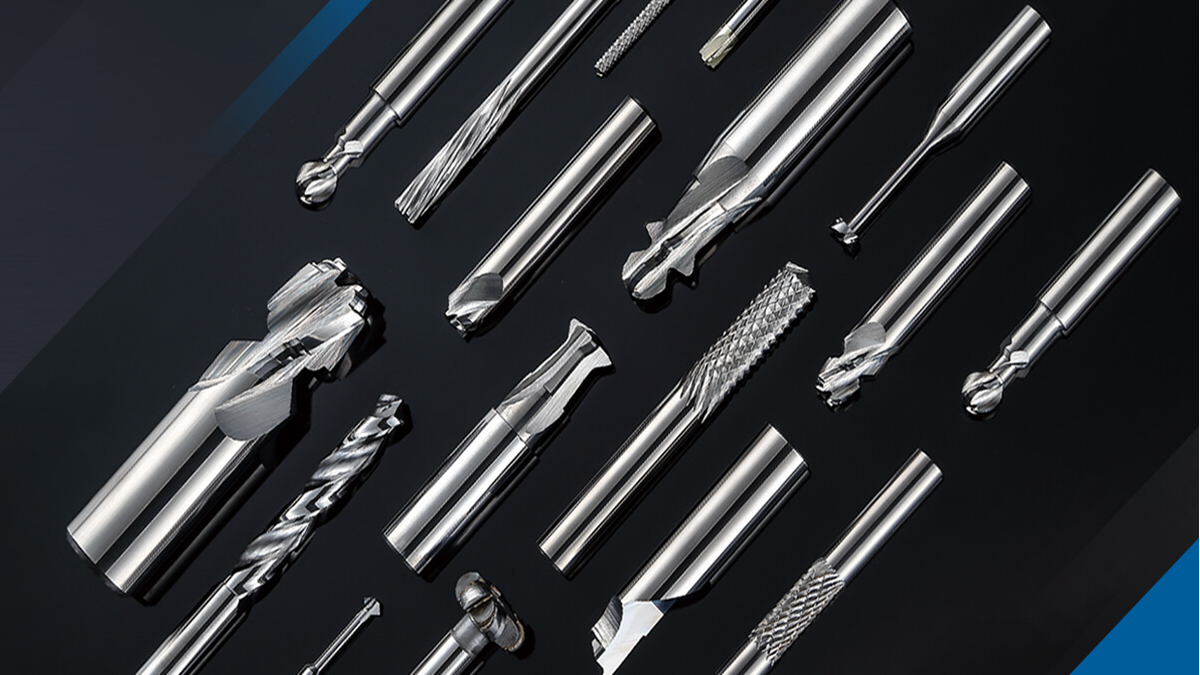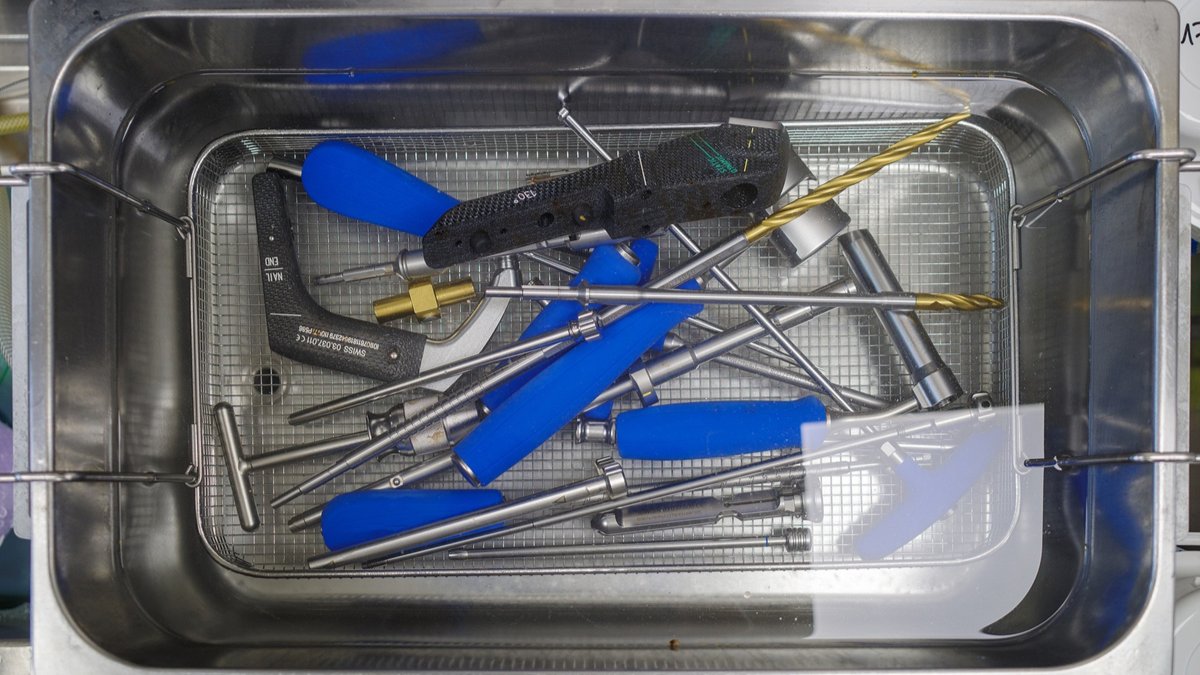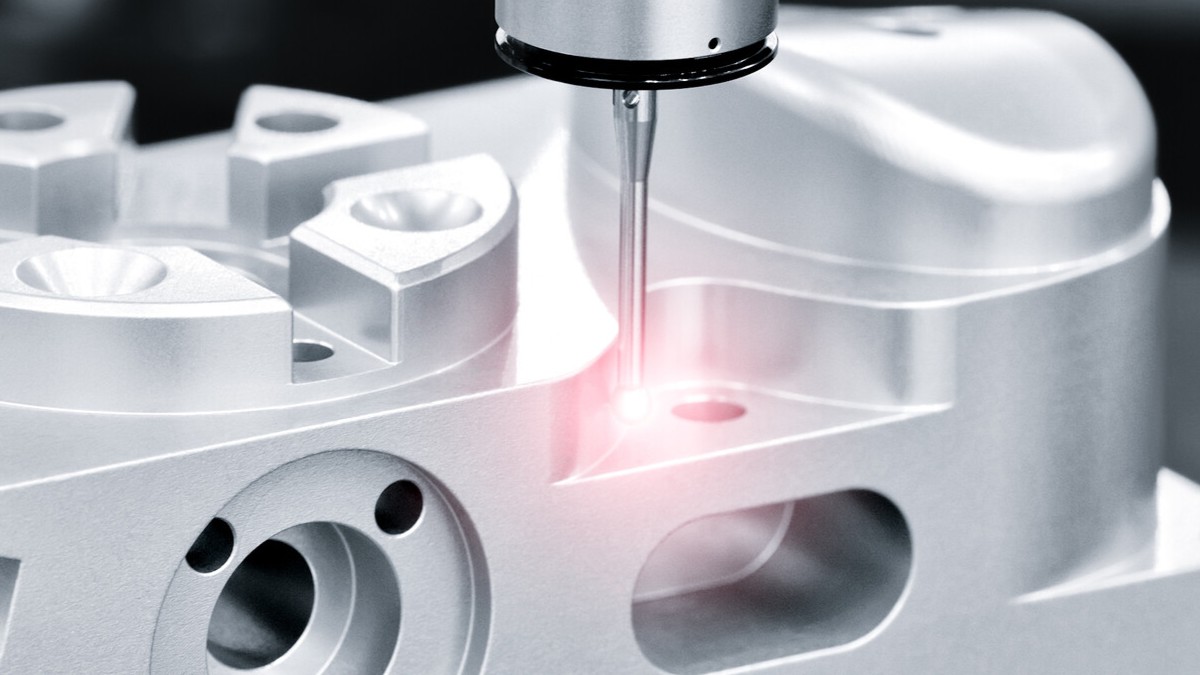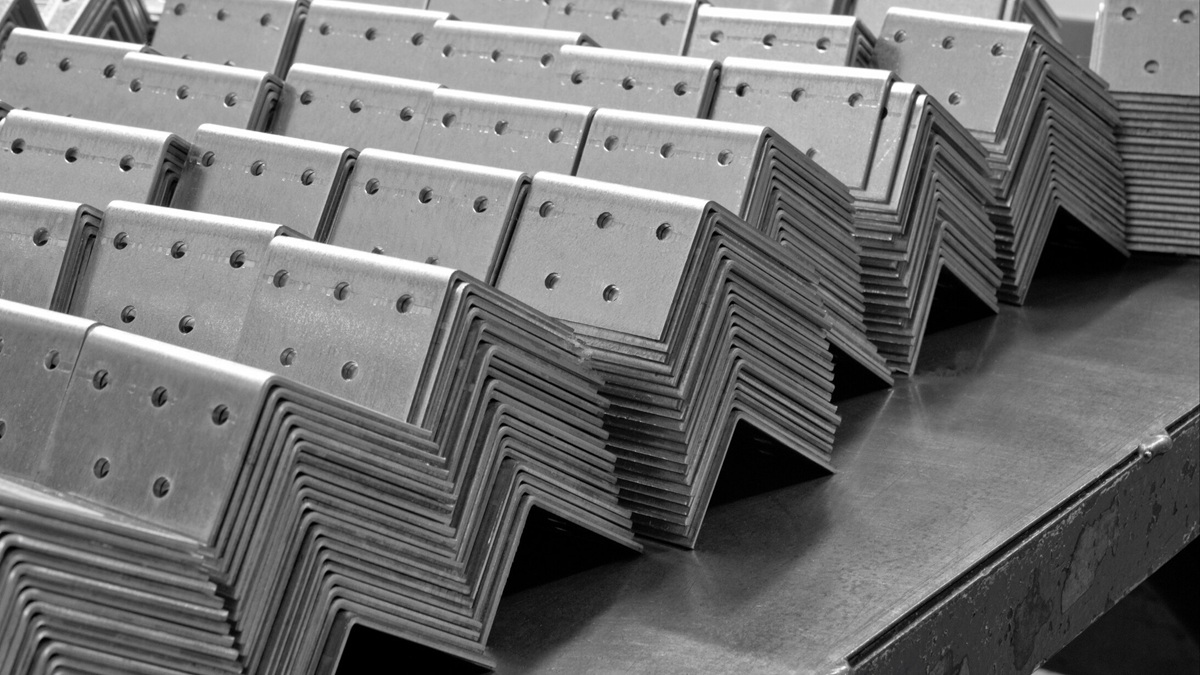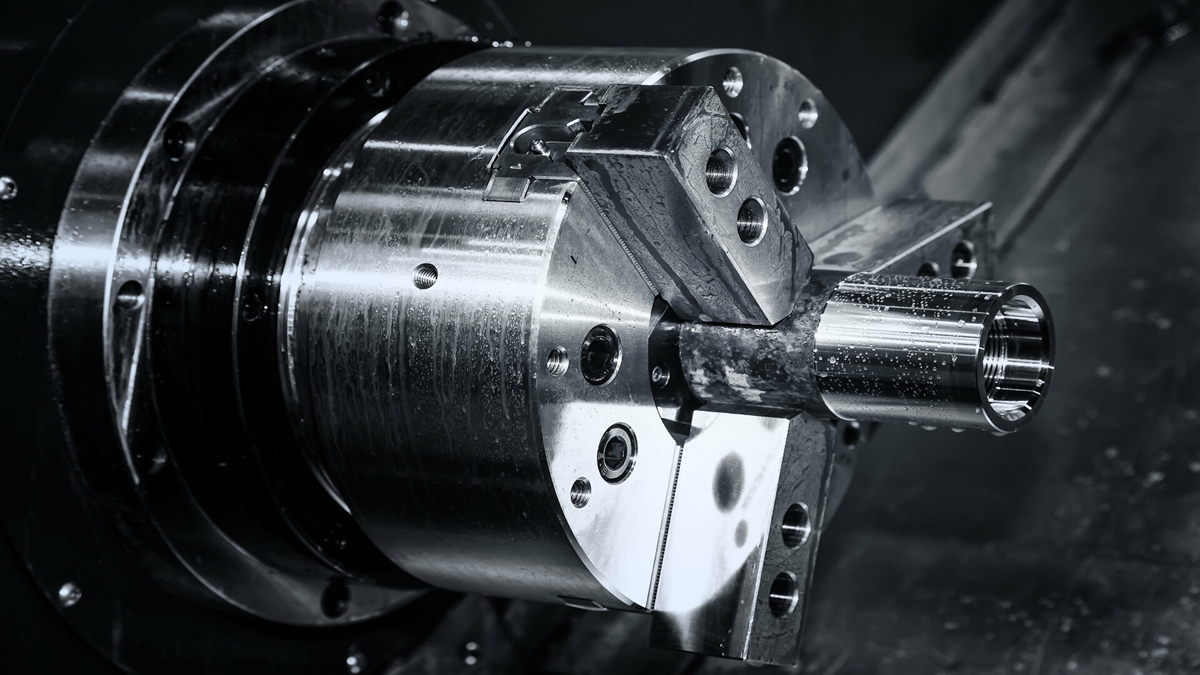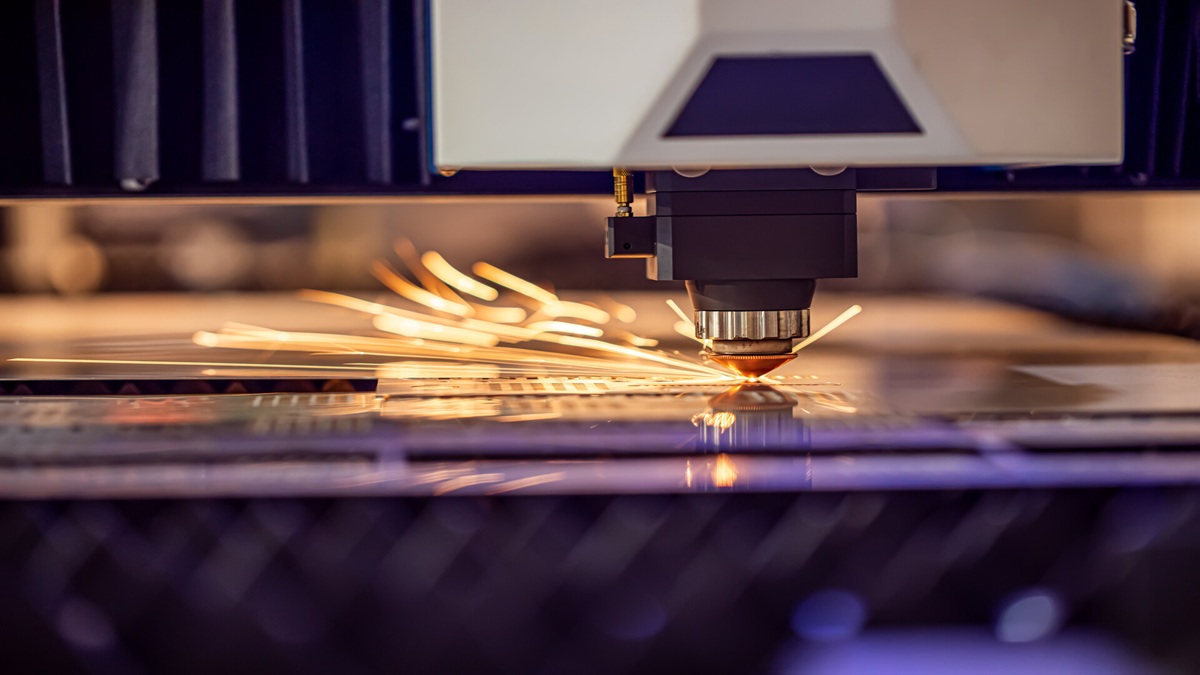Pad printing refers to a printing method that can print an image onto objects with irregular surface. An image is first photo-burned into the substrate of a copper or steel plate. Ink is placed onto the image on the plate, and the image is transferred onto a silicone rubber printing head. The printing head then transfers the ink to the item to be printed completing the printing transfer process.
What is Pad Printing Technology?
Pad printing technology can print text, graphics, and images onto the surface of irregular objects. For example, text and patterns can be printed onto the surface of mobile phones, computer keyboards, instruments, meters, and many other electronic products.
The Principle of Pad Printing Technology:
The pad printing process is simple. An image is photo-engraved onto a steel (or copper, thermoplastic) plate, and a curved printing head made of silicone rubber material is pressed onto the image. The ink image is transferred from the plate onto the surface of the pad printing head, which is then pressed onto the surface to be printed.
The Development of the Pad Printing Process:
The pad printing process is a special printing technology developed in the 1980s. Because it can print on products with small areas and concave and convex surfaces, it has resolved some of the shortcomings of the screen-printing process, and has been developed rapidly in recent years. With the opening of the China market in the early 1990s, more and more enterprises in traditional industries such electronics, plastics, gifts, and toys, replaced screen printing with pad printing as the main method used for decoration and logo printing.
Application Areas of Pad Printing Technology:
Pad printing is widely used for printing on toys, pens, electronics, electrical appliances, plastics, leather, metal, glass, gifts, hardware, and other products.
The ability of the transfer head to absorb ink and factors influencing printing quality:
- The shape of the transfer head: The basic shape of the transfer head is usually round, rectangular, or square. These shapes are suitable for first rolling the surface of the transfer head across the pattern etched on the image plate, and then rolling the transfer head across the surface of the object to be printed. The size and shape of the pattern to be printed, and the amount of pressure to be used during printing, determine the choice of properties for the transfer head to be used.
- Transfer head material properties.
- The hardness of the transfer head: The harder the transfer head, the better the ink transfer effect. Hardness can be varied by changing the amount of other materials added to the silicone rubber used for making the head.
- Surface condition of the transfer head: Ideally, the surface of the transfer head is very smooth and matt; carefully wiping the transfer head with a solvent-saturated gauze can produce good results. If the transfer head shows signs of wear, the transfer head should be replaced, taking care not to damage the surface of the transfer head.
How to Choose Ink?
Silicone transfer head printing sheet requires ink with high pigment content, fast-drying resin, and fast solvent evaporation. The ability of the ink to become tacky quickly will determine whether the ink can be effectively transferred to the surface of the substrate. At the same time, to adjust the printability and performance of the ink, in addition to adding solvents and catalysts, it is also possible to use any additives, such as viscosity modifiers, antistatic agents, rheology agents, etc. However, the use of additives will have a great impact on the printing performance of the ink, so be careful when using them.
Due to the wide range of materials that can be printed using this process, a variety of inks are available. Silicone transfer head printing ink is expensive due to the small amount needed for printing. Screen-printing ink is not suitable for Pad printing because it does not dry fast enough and has a pigment content of only 5%.
-
One-component ink:
One-component inks are dried by solvent evaporation, and catalysts are not necessarily added to this ink. One-component inks are available in glossy and non-glossy types, and are mainly used for printing on plastic substrates.
-
Two-component ink (chemically reactive ink):
Before printing, a catalyst is added to the ink. The catalyst reacts with the resin in the ink to initiate drying of the ink through a polymerization reaction. When two-component inks are used in pad printing, it is necessary to carefully maintain the correct ratio of catalyst to ink, and both are usually measured by weight. Improper mixing ratios of ink and catalyst can lead to printed product defects such as uneven ink adhesion and insufficient durability of the printed image.
-
Bake dry ink:
Bake-drying inks can be divided into two types; one type is standard two-component ink with additional catalysts; the other is specially formulated for substrates such as glass, ceramics, and metals. Bake-drying inks must be warmed and dried at a certain temperature. When using this ink, the drying time should be calculated. The higher the temperature, the shorter the drying time. However, if the drying temperature is too high, the ink film will become brittle, so the ink should be dried at a temperature that will maintain the flexibility of the ink.
-
Oxidizing ink:
Oxidating ink absorbs oxygen from the surrounding environment and polymerizes to form an ink film without the need for a catalyst. Typical applications for oxidizing inks are flexible packaging substrates and substrates of synthetic materials such as rubber products or keyboards. Due to the slow drying speed and long time required for oxidation, the use of oxidating ink is limited.
-
UV pad printing ink:
UV inks are rapidly cured and dried using UV energy. When UV light penetrates the ink, the photosensitive molecules in the ink interact with neighboring molecules to harden. The process is completed in seconds or milliseconds and gives off no volatile fumes. The hardened ink has strong friction resistance, is resistant to acid and alkali, and is environmentally friendly.
Pad printing workflow:
- Ink is spread evenly over the steel plate with a squeegee.
- The print head is pushed down onto the steel plate to transfer the ink pattern from the steel plate to the print head.
- The print head is pushed down onto the item to be printed, transferring the image to the item.
- The ink is allowed to dry and the item is tested and packaged.
What is the Difference Between Pad Printing and Silk Screen Printing?
- While screen-printing can only be used for printing on flat surfaces, pad printing can print on both curved surfaces and flat surfaces. One major advantage of pad printing is that it is suitable for printing large and small products, as well as a variety of strange-shaped products. One disadvantage is that the ink layer is relatively thin.
- Silkscreen printing prints the pattern on the substrate by passing ink through a screen that has the image set into it. An advantages of silk screen printing is that it can be used for printing on a much larger plane. The disadvantage is that it is not suitable for special-shaped products, and the ink layer is relatively thick.
Features of Pad Printing Technology:
- Process cost: Single piece cost, low labor cost, because most of the processes are completed by machining.
- Application products: Used for surface printing of 3C electronic products, vehicles, interiors, sports equipment, etc.
- The output is suitable: Single pieces to large batches are available, a single piece can be simply made into ordinary steel plate printing, and large batches can be done by machine.
- Quality: Sharp print details are achieved, even on uneven surfaces.
- Speed: A single printing time is about 1-5 seconds, and can be completed by machine.





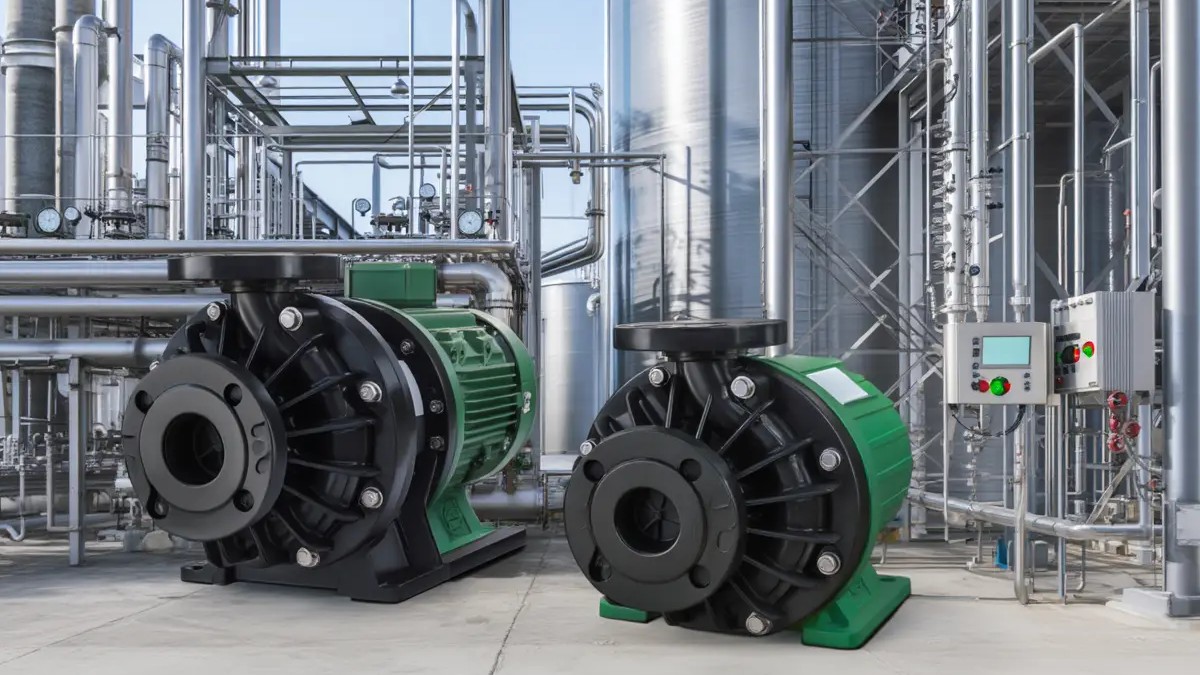
.png)
